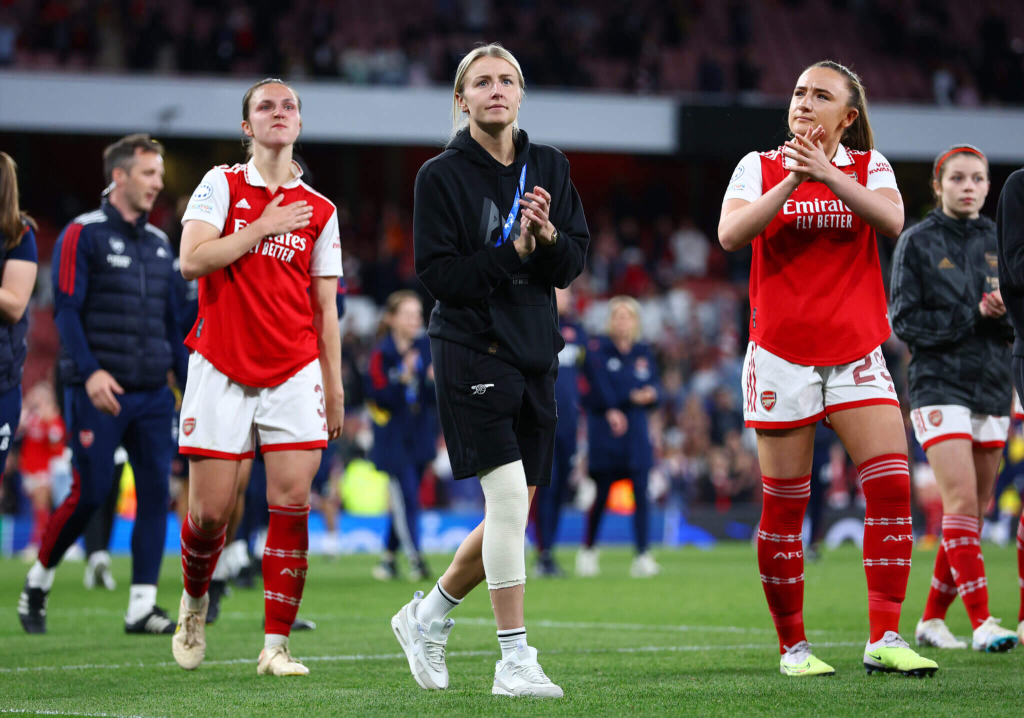There is no consensus on how to remedy the anterior cruciate ligament (ACL) knee injury crisis in women’s football. Maybe because there is no obvious solution. What exactly do we attribute the Rolodex-worth of 2023 World Cup absentees — England duo Leah Williamson and Beth Mead, Canada’s Janine Beckie and Vivianne Miedema of the Netherlands to name a few — to?
The ACL Club has gained six new British members over the past month alone: Arsenal’s Teyah Goldie, Faye Kirby of Liverpool, Manchester United pair Emma Watson and Gabby George, Caroline Weir of Real Madrid and Aberdeen’s Laura Holden.
How big a role does the menstrual cycle — 2017 research suggests that ACL laxity and risk of injury may increase in the ovulatory phase — have to play?
Do the environments female players grow up in, forging careers on subpar pitches, supported by skeletal medical teams with sometimes scant knowledge of female physiology, mean every player is living on borrowed time in terms of an ACL injury?
What about a rammed fixture list, including an international calendar, condensed by the pandemic years, that will see top players contest five major tournaments (Olympics, Euros, World Cup, Olympics, Euros) in as many years from 2021-25?

It is difficult to escape the feeling that football would have found a solution by now were this crisis affecting male players to the same extent. Sports science continues to research the mechanics of the female body but that field remains grossly underfunded. It is not hyperbolic to describe this generation of women footballers as guinea pigs.
No wonder so many female players feel like the true mental cost of the game’s ACL crisis is being ignored.
Three of them have spoken to The Athletic in the hope that someone will listen — and that, if the powers that be will not protect them, their fellow players can take measures to protect themselves.